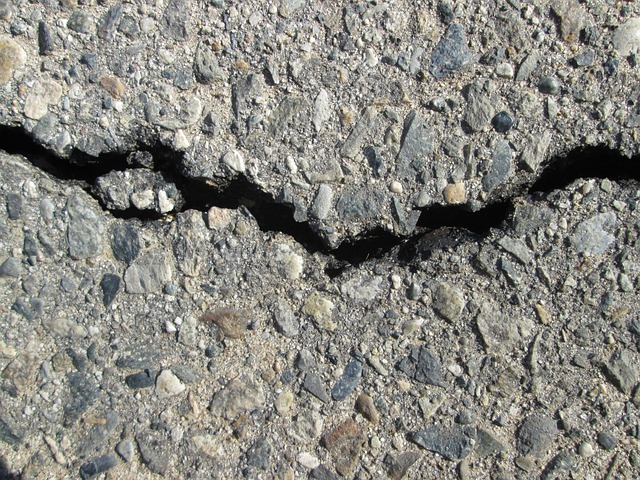Do you have any old concrete pieces lying around your property? If so, you might wonder what to do with broken concrete pieces. Don’t worry because there are many creative uses for broken concrete that can help revitalize your home or garden! In this article, we’ll show you five of the most popular and practical uses for broken concrete, from creating a pathway to garden accessories. So read on and get inspired. And remember to visit our store to opt for a durable portable concrete crusher.
Can you reuse broken concrete?
Yes, you can reuse broken concrete. Concrete is a material that has many practical and decorative applications, and it can be reused multiple times. When concrete is broken or damaged in any way, it can still be used as long as the pieces are properly fixed and reinforced.
Once the pieces have been repaired or replaced, they need to be sealed with a sealant so that the concrete doesn’t deteriorate over time. Sealing also protects against moisture infiltration – another potential problem with reused concrete. Reusing broken concrete requires extra effort, but it’s worth it for the savings on new construction costs alone.
How to dispose of old concrete pieces?
If you’re ever faced with the decision of what to do with old concrete pieces that no longer have any practical use, there are a few options available to you:
– Recycle: If your concrete is made from recycled materials, contact your local recycling center and ask if they will accept it. Many centers require proof of origin (such as a receipt) to verify that the material is recyclable.
– Dispose of it properly: You can also throw away old concrete in a safe way by disposing of it through an authorized landfill or waste disposal facility. Make sure to bag the pieces carefully, so they don’t get wet and damaged during transport.
– Reuse: Another option is to reuse old concrete pieces in new projects or renovations. Simply cut off the desired size and shape, clean them thoroughly, and seal them with wood filler or epoxy before using them again
What to do with leftover pieces of concrete: 5 ideas
Leftover concrete can be a challenge. Handling leftover concrete can be difficult, whether you need more space to store it or help with what to do with it. Here are some ideas for using leftover concrete:
- Use leftover concrete to create a pathway or outdoor seating area. Mix it with sand and water to create a mortar, then use your hands to form the desired shape. Allow the mixture to dry before using it like any other concrete surface.
- Create an easy-to-clean mosaic flooring option for your kitchen or bathroom by mixing half gravel and half cement mix and pouring it into molds of your choice. Leave them to set before removing them (they’ll be slightly harder than traditional tiles but easier to clean).
- Make rustic furniture out of old pieces of concrete: Cut the blocks into pieces that are approximately two feet long, four inches wide, and one inch thick – this will make sturdy supports for tables and chairs! Paint or stain them however you like, then leave them outdoors in natural light for a few weeks until they’ve weatherproofed themselves (this process can also be done indoors if necessary).
- Add height and visual interest to garden beds by creating stepping stones out of leftover cement blocks. Shape them as you wish (some ideas include making squares or circles), then coat each side with a sealant so that they’re waterproof and resistant to erosion caused by a rainwater runoff, etcetera. You can add extra texture by scoring the surface with a trowel beforehand.
- Use leftover concrete to create a beautiful wall or patio edge. Concrete is a versatile material that can be used in many different ways, and it’s easy to transform an ordinary wall into something special with creativity and planning. Plus, concrete provides long-lasting visual appeal and protection against the elements.
Can I use broken concrete as a base?
Yes, you can use broken concrete as a base for a slab. The main benefits of using crushed concrete as a substrate are that it is:
– Durable – Crushed concrete is strong and will not easily break or crumble. This makes it perfect for applications where durability and stability, such as residential construction, are important factors.
– Economical – Using crushed concrete rather than traditional building materials like mortar or bricks significantly reduces costs. You won’t have to hire professionals to pour the foundation; you need some reinforcing steel bars and gravel (or other suitable aggregates) to start layering the mix.
– Easy To Install – Concrete slabs are easy to install because they require minimal preparation (breaking the concrete into smaller pieces). All you need are some tools and an adequate amount of material.
Is crushed concrete good for plants?
Crushed concrete is a popular material for landscaping because it offers many benefits for plants. For instance, crushed concrete provides excellent drainage and prevents waterlogging. This makes it great for areas prone to flooding or heavy rains. In addition, crushed concrete is easy to work with and doesn’t require much maintenance. It also retains moisture well, which encourages plant growth in moist environments.
Some potential disadvantages of using crushed concrete include that it’s harmful if ingested by animals or children. Cleaning up once applied to your garden floor or ground covering can be difficult. On the other hand, crushed concrete is a practical choice for residential and commercial landscapes designed primarily for vegetation growth. If you have old concrete pieces, it makes sense to crush them and reuse them in multiple landscaping projects.

